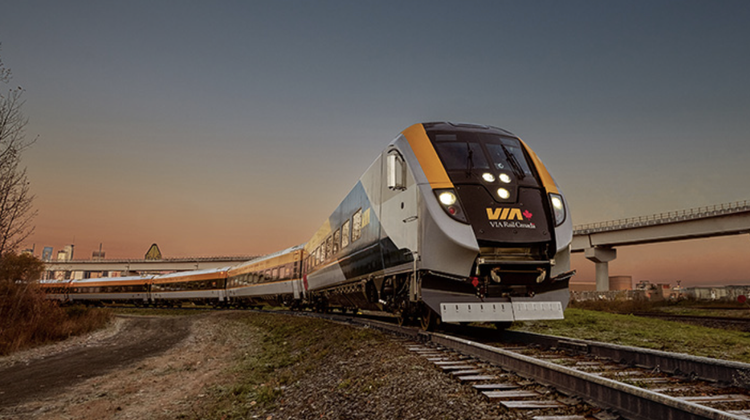Canadians eager to see progress on the Toronto-Quebec City high-frequency rail (HFR) project will have to wait longer, as delays in selecting a private partner threaten to stall the ambitious initiative. The looming prospect of a federal election further complicates the timeline, with uncertainty heightened by Prime Minister Justin Trudeau’s announcement of his resignation and the potential for a government change.
Timeline Extensions and Political Uncertainty
In late 2024, the federal government was expected to select a private consortium to spearhead the planning, construction, and eventual operation of the HFR corridor. However, late last year, Ottawa requested an extension for bid submissions, pushing back the timeline for choosing a partner. According to Terry Johnson, president of Transport Action Canada, this delay has created unease in the rail industry, with stakeholders anxiously awaiting progress.
The project’s initial plans were unveiled in 2021 under the Trudeau government, with an estimated cost between $6 billion and $12 billion. The proposed rail corridor would connect Toronto, Peterborough, Ottawa, Montreal, Laval, Trois-Rivières, and Quebec City. It aims to modernize Canada’s passenger rail network, which currently relies on aging trains operating on freight-dominated tracks owned by Canadian National Railway Co.
But political turbulence could derail these plans entirely. Trudeau’s planned resignation and the likelihood of a leadership race have added to the uncertainty. A new Liberal leader would face a potential confidence vote, which could trigger an election and pave the way for a Conservative government. Conservative Leader Pierre Poilievre’s office has not explicitly endorsed or opposed the project, but transport critic Philip Lawrence expressed skepticism about the current government’s progress.
Complex Proposals and Comparisons
The request for proposals requires competing consortia to submit bids for two scenarios: a conventional rail network with speeds up to 200 km/h and a high-speed rail corridor with potentially faster trains. However, transportation expert Pierre Barrieau explains that the proposals differ significantly, complicating the evaluation process.
“Some bidders might propose building tunnels, while others suggest bypasses. One might aim for 250 km/h, while another targets 375 km/h,” Barrieau said. Such complexities and the scale of the project mean delays are almost inevitable.
The three consortia under consideration are:
- Cadence, involving AtkinsRéalis (formerly SNC-Lavalin) and Air Canada.
- Intercity Rail Developers, backed by DF Canada Infrastructure Group Inc.
- QConnexiON Rail Partners, which includes WSP Canada.
Transport Minister Anita Anand, a potential Liberal leadership contender, downplayed concerns about the delay, describing timeline extensions as routine for large projects.
Historical Challenges and Infrastructure Needs
The high-frequency rail initiative faces not only political and procedural hurdles but also significant logistical challenges. The proposed corridor would require extensive new infrastructure, including uninterrupted fencing, underpasses, and crossings on land owned predominantly by Canada’s two major rail companies, CN and Canadian Pacific Kansas City Ltd.
Canada has a history of failed high-speed rail initiatives. Over the past four decades, more than two dozen studies and proposals have been abandoned, including plans scrapped by Ontario Premier Doug Ford’s government in 2018. Earlier efforts in 1995 and 2011 under different provincial leaders also came to nothing.
Projected Benefits Amid Uncertainty
Despite these challenges, proponents argue the project could revolutionize travel in the region. Martin Imbleau, head of the Via Rail subsidiary managing the HFR project, forecasts that ridership could reach 17 million annually by 2050, a significant increase from the 4.1 million passengers recorded in 2023.
The corridor would offer faster and more frequent train service, addressing long-standing delays caused by freight train prioritization on existing tracks. For passengers, this modernization represents a major improvement in reliability and convenience.
Looking Ahead
While experts like Barrieau caution that delays are typical for megaprojects, the combination of political instability and logistical complexity poses serious risks to the Toronto-Quebec City HFR project. The final decision on the project’s fate will likely hinge on the outcome of the Liberal leadership race, the potential for a federal election, and the government’s ability to maintain momentum despite these challenges.
For now, the high-frequency rail dream remains in limbo, with Canadians left to wonder whether this long-discussed vision will finally become a reality or join the ranks of abandoned projects in the country’s rail history.










































